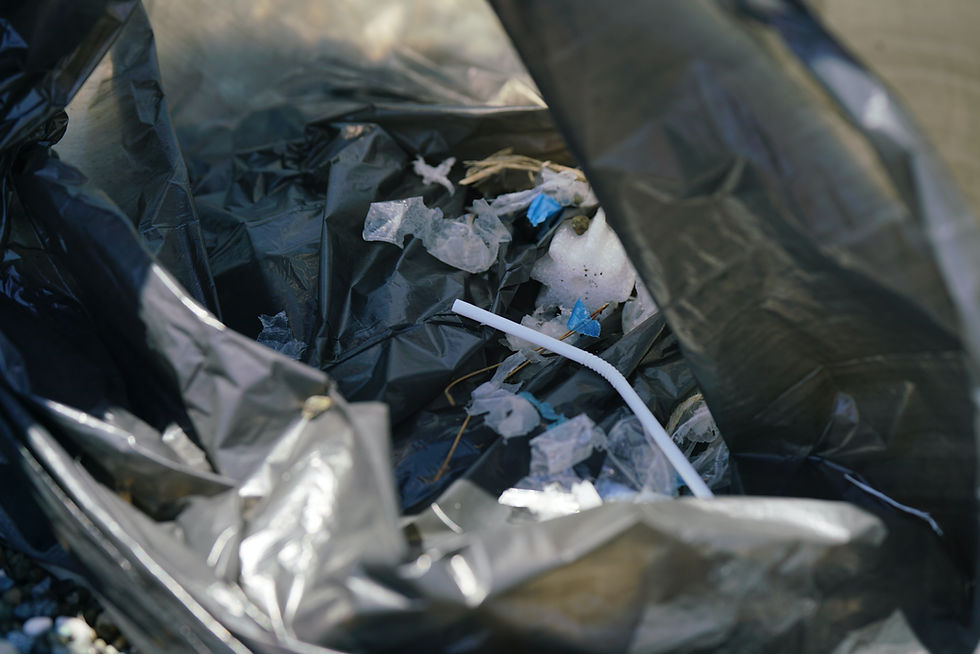Designer recycles second-hand items and sends them back to work against oversupply
- Editorial Team SDG12

- Oct 17, 2022
- 2 min read
Updated: May 2, 2023

A new fashion line created with the global north's leftovers makes a statement in more ways than one. Can it revitalize Uganda's textile sector?
The latest collection by Ugandan-born designer Bobby Kolade is as daring as they come.
Return to sender is clearly stated on the label of his unique clothing, which is made up of a jumble of panels that have been stitched together. materials obtained from second hand clothing from the northern hemisphere.
The whole first line of Kolade's Buzigahill clothing line is made out of garments that were shipped to Uganda for "recycling" by nations like the US and UK. Buzigahill is returning them to their original location after repurposing and reshaping them by Kolade's six-person crew.
Kolade stated, "We see a sort of clothing dictatorship coming from the global north to us. "By returning items, we are sending a loud, proud message: we're not just a garbage dump. Both production and creation are possibilities for us.
Kolade, who is half German and half Nigerian, spent 13 years working in luxury design in Europe. For a line made from bark fabric, an alternative to leather that is produced from Uganda, he won a Vogue award.
In an effort to work with cotton that was grown locally, he went back to Kampala, the capital of Uganda and the place where he was raised. Instead, he saw that a new form of colonialism had completely destroyed the once-vibrant textile sector. Like many African countries, Uganda had become a waste bin for the north’s clothing cast-offs.
According to Oxfam, more than 70% of all donated clothing ends up in Africa. Every year, Uganda imports used clothing worth over £100 million, which is then sold in 90 kg bales to street vendors.
The majority of Ugandans, according to Kolade, "wear secondhand clothing from the global north." "No one is giving these clothes to the underprivileged. What began as a good, philanthropic notion has really grown into a multibillion dollar industry. Kolade purchases his own clothing from the same warehouses that provide Kampala's street merchants with their basic materials. He is frequently shocked by the condition of the clothing that arrives in Uganda, including shirts with sweat-stained armpits and pants spattered with grease or paint. He is sorting through bales for diamonds he can reuse.
In sub-Saharan Africa, "we are obviously at the very bottom of the supply chain because what comes in from Europe and North America is the lowest quality material," he claimed. He has a dual strategy. In addition to reviving the nation's textile sector, he aims to establish an enterprise that uses these discarded clothing as a commodity and sells handwoven Ugandan textiles to both domestic and international markets. He will begin by spreading Buzigahill factories throughout Uganda before moving on to its neighbors.
Uganda is a good place to invest in upcycling and repurposing, according to Kolade. It is obvious that it hasn't worked in the global north.
Both brands producing fashion and customers consuming fashion must acknowledge their roles in causing environmental and human harm. Designer Bobby Kolade sets a good sign for a new sustainable solution to solve the overconsumption of garments. Fashion must take a step back from the oversupply of clothing and rethink the system as we know it.
More information: https://buzigahill.com



